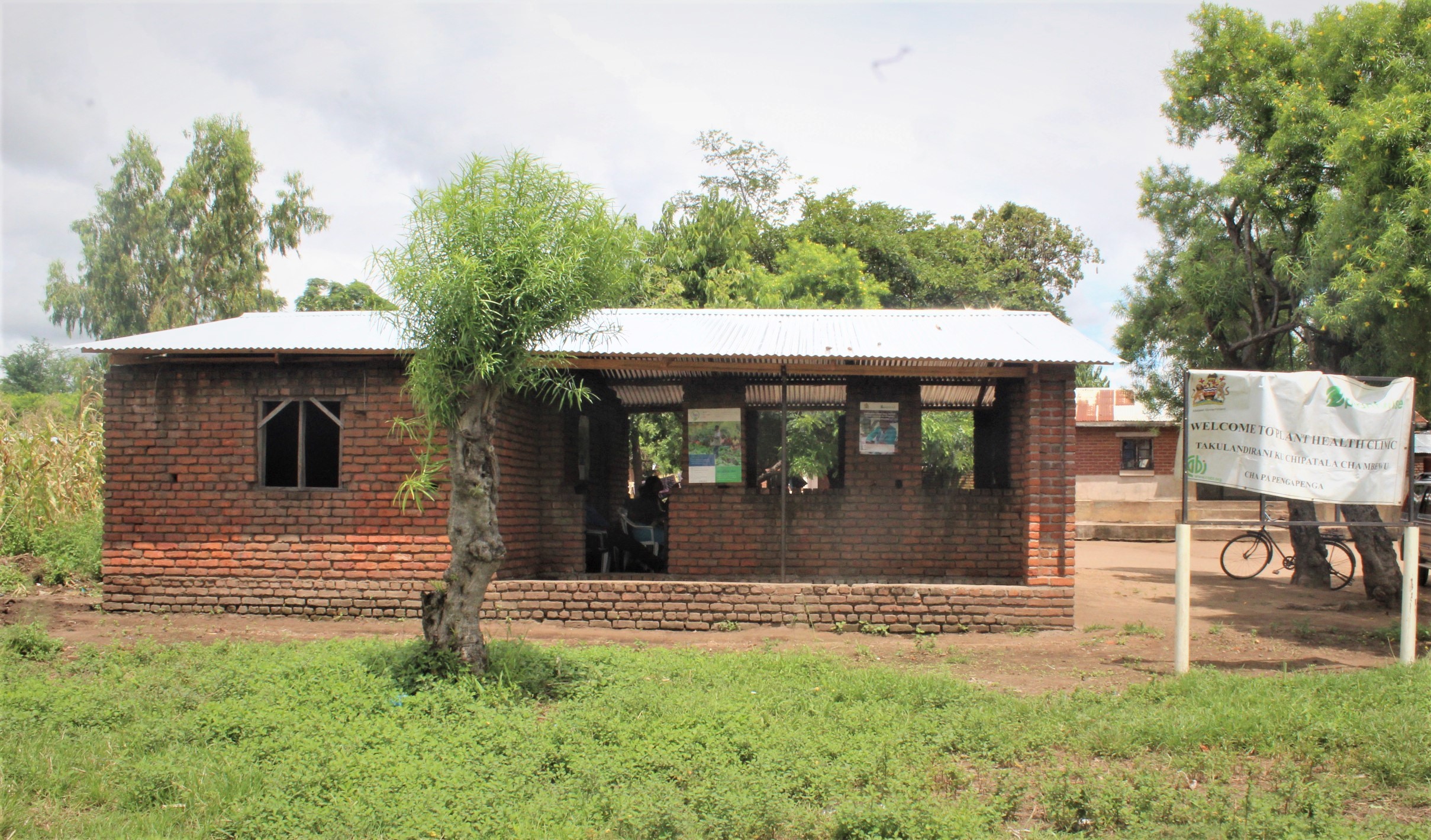
Crops, such as maize, in areas of drought have a reduced ability to respond to low water availability when ozone levels are high. © Eloise Phipps/CIMMYT
It is predicted that, as levels of the air pollutant, ozone, continue to increase, they will be highest in areas of the world with the most rapidly increasing population levels. This is bad news for crop growers in developing countries, as it has been found that high concentrations of ground-level ozone can have a negative effect on yields of staple crops such as wheat and soybean.
A new article by Sally Wilkinson and colleagues at Lancaster Environment Centre and the Centre for Ecology and Hydrology provides a summary of how ozone pollution affects yield in a variety of crops and the resultant impacts on global food security.
The most visible effect of ozone on plants is injury to, and sometimes death of, leaves. This directly affects crop plants in which the leaves are eaten, e.g. cabbage, alfalfa and spinach, and indirectly affects other crops by reducing the leaf surface area that takes up carbon for photosynthesis and, ultimately, biomass production.
High concentrations of ozone in the atmosphere can cause stomata in plant leaves to close. This could initially help the plant by preventing uptake of ozone through the stomata. However, prolonged closure of stomata will prevent carbon dioxide uptake from the air and, as is the case with leaf injury, reduce the amount of biomass produced.
Contrary to this, it has been found in some plants that ozone causes plants to increase production of the hormone, ethylene, which reduces sensitivity of the stomata to another hormone, abscisic acid (ABA). This particularly affects the plants in times of drought because the ethylene prevents ABA, which is produced in response to low water concentration in the soil, from closing the stomata. Transpiration therefore continues, causing the plant to lose vital water.
High ozone levels also negatively impact root growth, either through reduced transport of carbon through the phloem, lack of carbon available to be transported, or the altered concentration of ethylene, which controls root growth. Reduced root growth leads to a reduction in nutrient and water uptake, which results in a lower plant biomass, often impacting crop yield. Tuber crops, e.g. potatoes, carrots and beets, are directly affected by reduced root biomass.
Another indirect effect of ozone on crops is that more resources are invested in producing protective chemicals to mitigate the damaging effects of ozone. This leads to fewer resources being available for development of the edible parts of the plant such as fruits, seeds or pods.
With global average concentrations of ozone predicted to increase over the next twenty years, and with emissions of pollutants from parts of Africa, Asia and South America increasingly having greater influence on pollution levels, the negative impacts of ozone on crops are likely to become more widespread. The predicted increase in ozone provides a threat to the future food security not only of those in developing countries but also to those in more developed countries since many staple foods are grown in developing countries. Fortunately not all crop plants are affected by high ozone levels; it has been found that barley is resistant to ozone. More ozone-tolerant varieties of crop plants may be required as ozone levels rise.
Related News & Blogs
Webinar highlights ozone pollution and its threat to agriculture
CABI’s Léna Durocher-Granger, joined Dr. Felicity Hayes & Dr. Mike Perring from UKCEH in hosting a webinar on the causes of ozone pollution and the consequences for farmers in Africa, Asia and South America. Entitled ‘Ozone Pollution: a current and…
8 October 2021



